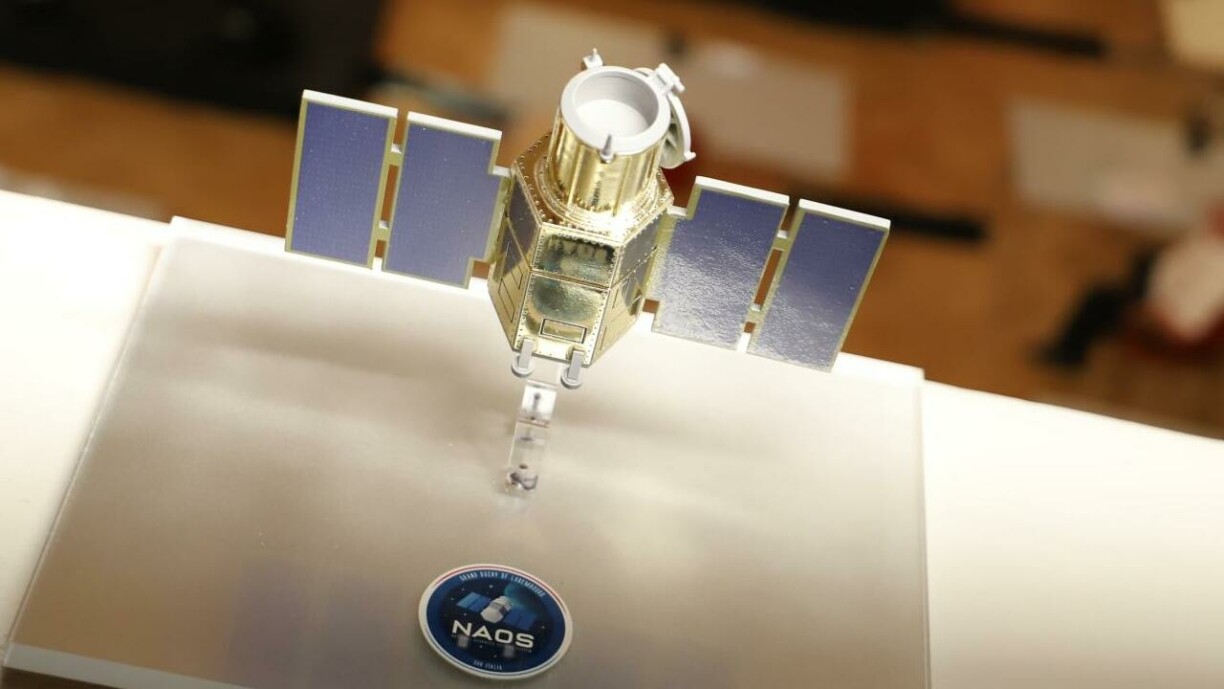
Takeoff is finally scheduled for Tuesday evening at 9.30pm from California aboard a SpaceX Falcon-9 rocket.
The project, which began in 2016 under then-LSAP Minister of Defence Etienne Schneider, has been a long and costly journey. Initial support for the project was partly in response to criticism from the first Trump administration, which accused Luxembourg of not meeting its financial commitments to NATO. Luxembourg subsequently raised its defence budget to €170 million.
In August 2018, shortly before the general election, the Chamber of Deputies voted to continue the project, with support from the then-governing coalition (DP, LSAP, the Greens) as well as opposition parties CSV and ADR. Only two left-wing MPs voted against it.
After the 2018 general elections, the Greens took over the Ministry of Defence under François Bausch. By March 2020, reports indicated that the satellite project would cost nearly twice the originally planned budget, sparking criticism from opposition parties, including CSV, who accused the government of misleading parliament. Dozens of civil servants who worked under Schneider and Bausch faced hearings, and a budget extension for the project was only approved by the then-ruling coalition.
Reflecting on the controversy, former Defence Minister Schneider said in mid-2021: “If I knew then what I know now, in hindsight, I would not have signed off on the project.” He and his ministry maintain that, at the time, they believed the €170 million allocation would be sufficient to complete the satellite.
A special report by the Court of Auditors in 2022 concluded that the government already knew in 2018 that the planned budget would not be enough. A second report from PwC was requested by then Minister Bausch who had already raised a few other questions regarding tenders.
The Italian company OHB, supplied by Luxembourgish company Hitech, received the contract even before the project had been approved. The Pirate Party MP Sven Clement, in May 2020, raised “suspicions” or a “fear” that the company might have seen this as a “golden opportunity,” without knowing how much the satellite would actually cost.
Discussions on who will run the satellite, specifically who will be in charge of processing data and imagery received from the satellite, were not so straight forward. While the military was considered, the government officials failed to inform them of their consideration. Ultimately, a consortium will be in charge, with the Defence Directorate holding decision-making authority. The antennas for the satellite were also supposed to placed on the “Härebierg”, Luxembourg’s military centre, but they will now remain near Libramont in Belgium.
As this chapter of the saga closes, a new one begins: the LUXEOSys satellite is now scheduled to go into orbit on Tuesday evening on board a Falcon 9. Originally, this was supposed to take place in 2022 with an Ariane rocket, but due to complications, the programme was changed and delayed by three years.
In about half a year, the satellite is expected to observe the Earth for seven to ten years for civil as well as military purposes. The satellite is not intended for espionage, missile guidance, or drone control. The rocket’s take off can be followed this evening at 9.30pm on RTL.lu.
In addition to Luxembourg’s military observation satellite, Luxembourg also has a communication satellite called Govsat-1. The government has signalled that they intend to send a second Govsat satellite into orbit.